Author: Paul Amico
Hops are known to impart a plethora of characteristics ranging from earthy and spicy to floral and fruity, which is a function of the oil composition of each individual variety. While some hops do contribute a “woody” note, particularly those possessing higher levels of humulene, brewers interested in crafting beers with stronger wood character have historically relied on barrels or their less cumbersome alternatives. Seeking to simplify things even more, world renowned hop breeder and supplier, Haas, recently released a pelletized blend of hops and oak they call ProvOAK.

Alpha: 5%
Beta: unknown
Cohumulone: unknown
Total Oil: unknown
Myrcene: unknown
Humulene: unknown
Caryophyllene: unknown
Farnesene: unknown
Linalool: unknown
ß-Pinene: unknown
Geraniol: unknown
Parentage: proprietary blend of hops and oak
I don’t brew wood-aged beers often, in part because settling on, gathering, and using the specific wood product just doesn’t really appeal to me. Being able to get wood character into a beer by using what are basically regular hop pellets seemed simple enough, and I was excited to see what blind tasters would think of a beer made entirely with ProvOAK.
| MAKING THE BEER |
As usual, I went with the standard Hop Chronicles Pale Ale recipe for this batch with the hop of accentuating the hop character.
US ProvOAK Pale Ale
Recipe Details
| Batch Size | Boil Time | IBU | SRM | Est. OG | Est. FG | ABV |
|---|---|---|---|---|---|---|
| 5.5 gal | 60 min | 41.7 IBUs | 5.6 SRM | 1.053 | 1.012 | 5.4 % |
| Actuals | 1.053 | 1.01 | 5.7 % | |||
Fermentables
| Name | Amount | % |
|---|---|---|
| Lamonta American-style Pale Malt (Mecca Grade) | 10 lbs | 83.33 |
| Vanora Vienna-style Malt (Mecca Grade) | 2 lbs | 16.67 |
Hops
| Name | Amount | Time | Use | Form | Alpha % |
|---|---|---|---|---|---|
| Provoak | 28 g | 60 min | First Wort | Pellet | 5 |
| Provoak | 34 g | 30 min | Boil | Pellet | 5 |
| Provoak | 40 g | 15 min | Boil | Pellet | 5 |
| Provoak | 56 g | 2 min | Boil | Pellet | 5 |
| Provoak | 56 g | 4 days | Dry Hop | Pellet | 5 |
Yeast
| Name | Lab | Attenuation | Temperature |
|---|---|---|---|
| Dieter (G03) | Imperial Yeast | 75% | 60°F - 69°F |
Notes
| Water Profile: Ca 92 | Mg 1 | Na 10 | SO4 153 | Cl 50 |
Download
| Download this recipe's BeerXML file |
I started off this brew day by collecting the full volume of filtered water and adjusting it to my desired mineral profile.
Next, I flipped the switch on my Clawhammer electric controller to get things heating up then moved on to milling the grain.
When the water was properly heated, I stirred in the grains, checked to make sure the mash was at my intended temperature, then weighed out the kettle hop additions.
When the 60 minute mash rest was finished, I removed the grains from the sweet wort and set the controller to heat it up.
Following a 60 minute boil, I used my CFC to chill the wort during transfer to a sanitized fermenter.
A refractometer reading showed the wort was slightly under my target OG, but nothing I was worried about.
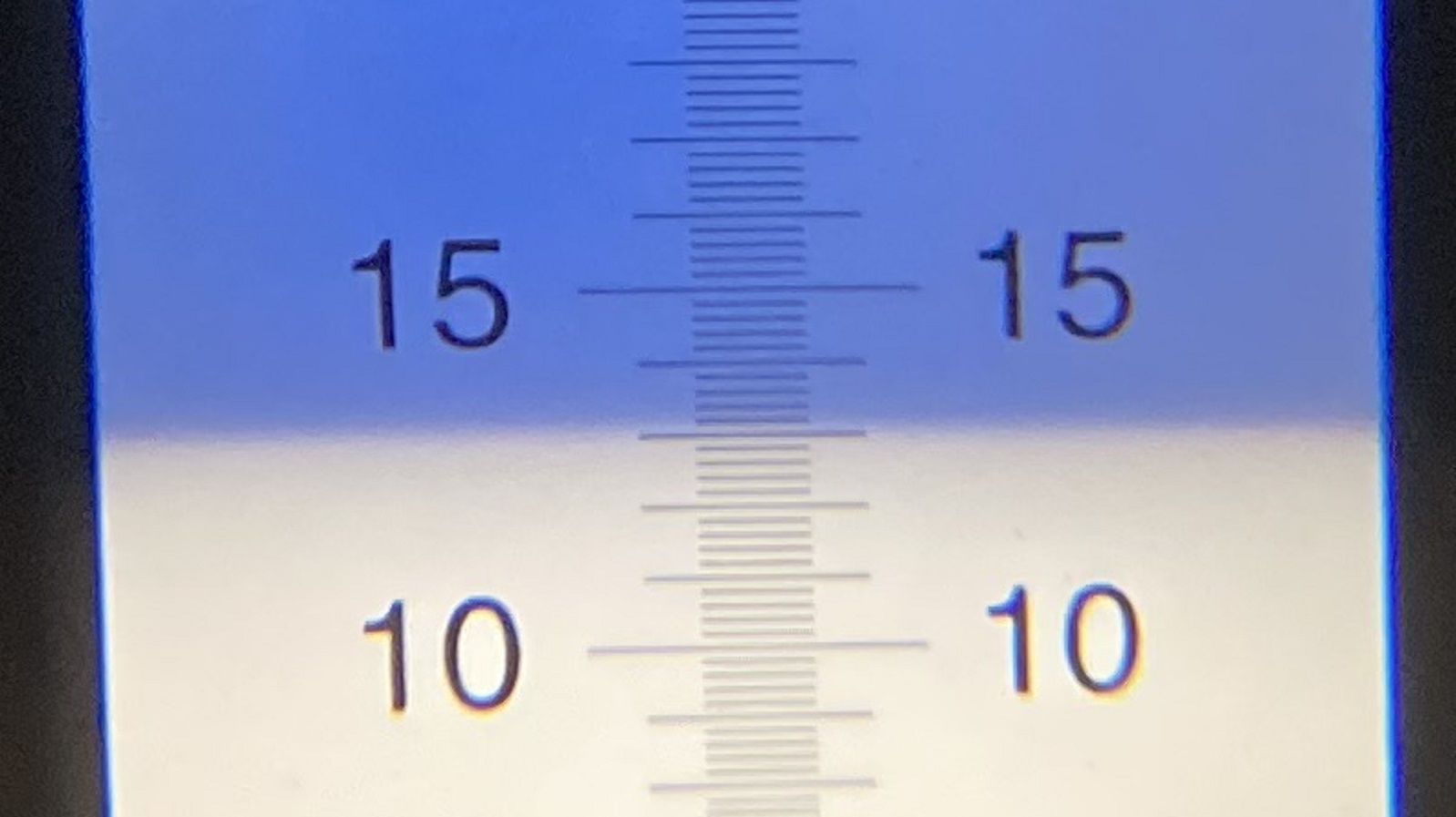
After a couple hours in my fermentation chamber, I pitched a vitality start of Imperial Yeast G03 Dieter I made using leftover wort.
The beer was left to ferment at 66°F/19°C for 11 before I took a hydrometer measurement confirming FG was reached.
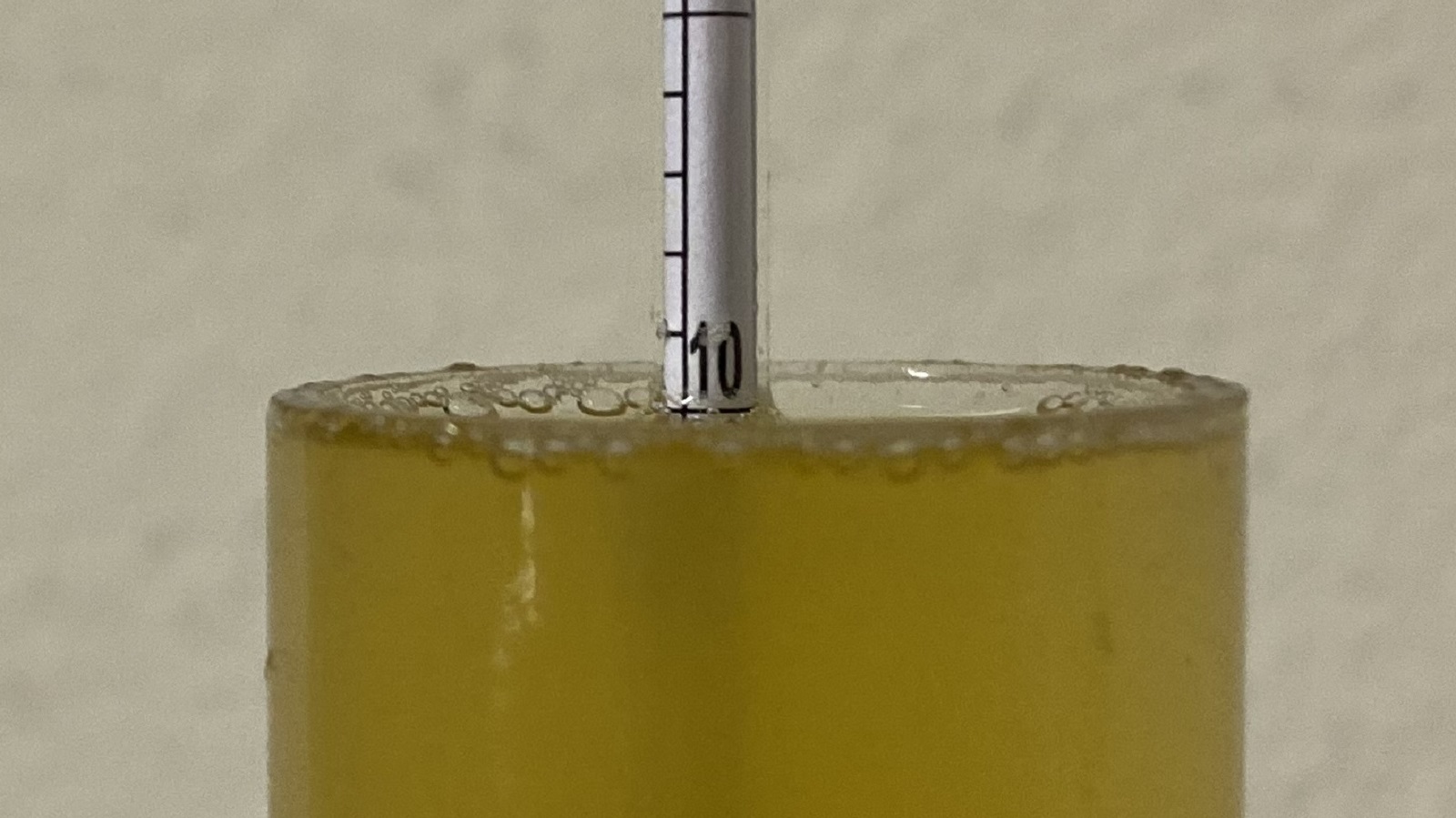
With fermentation complete, I transferred the beer to a CO2 purged keg.
The filled keg was placed in my keezer and burst carbonated overnight before I reduced the gas to serving pressure. After a week of conditioning, I began serving it to blind tasters.
| METHOD |
Participants were instructed to focus only on the aromatic qualities of the beer before evaluating the flavor. For each aroma and flavor descriptor, tasters were asked to write-in the perceived strength of that particular characteristic on a 0-9 scale where a rating of 0 meant they did not perceive the character at all and a 9 rating meant the character was extremely strong. Once the data was collected, the average rating of each aroma and flavor descriptor was compiled and analyzed.
| RESULTS |
Cheers to House of Pendragon Brewing for allowing me to collect data for this Hop Chronicles at their taproom!
A total of 18 people participated in the evaluation of this beer, all blind to the hop variety used until after they completed the survey. The average aroma and flavor ratings for each descriptor were plotted on a radar graph.
Average Ratings of Aroma and Flavor Perceptions
The 3 characteristics endorsed as being most prominent by participants:
| Aroma | Flavor |
| Tropical Fruit | Earthy/Woody |
| Citrus | Resinous |
| Apple/Pear | Spicy/Herbal |
The 3 characteristics endorsed as being least prominent by participants:
| Aroma | Flavor |
| Onion/Garlic | Berry |
| Spicy/Herbal | Melon |
| Dank/Catty | Onion/Garlic |
Participants were then asked to rate the pungency of the hop character.
Next, tasters were then instructed to identify beer styles they thought the hop would work well in.
Finally, participants were asked to rate how much they enjoyed the hop character on a 1 to 10 scale.
My Impressions: To my palate, this beer had rather noticeable wood flavors with spicy notes to back it up. I’d usually chalk such an evaluation up to bias, but I actually wasn’t aware of what exactly ProvOAK was until after I started sampling it. While the oak character was definitely present in this beer, I personally felt it was a bit odd for the style.
| CONCLUSION |
Beers with oak flavors are popular these days and usually involves either a period of aging in a cumbersome barrel or adding a wood alternative like cubes or spirals to the fermented beer. ProvOAK simplifies the process by blending oak particulate in with hop pellets, allowing brewers to get wood character by making standard hop additions. Considering earthy/woody was the highest rated flavor by tasters of a beer hopped only with ProvOAK, it seems this novel product does have the intended impact.
Inventor of ProvOAK, Hass, recommends using it primarily in the late boil and dry hop, though I used it for bittering and flavor additions as well. While only a few people expressed truly negative opinions of this beer, it seems plausible “proper” usage may have led to a different, particularly in a more stylistically appropriate beer than Pale Ale. Regardless, a majority of tasters did rate their preference as being a 5 or higher on a 10 point scale.
As someone who isn’t really all that into wood beers in general, I won’t be using ProvOAK too often in my own brewing. However, after hearing nothing but positive from other Brülosophy contributors who tried a beer made with ProvOAK during hop harvest last year, I do look forward to trying it as a dry hop addition in a Porter or Stout in the future.
Warrior hops are available now at Yakima Valley Hops, get them while you can! If you have any thoughts on this variety, please feel free to share them in the comments section below.
Support Brülosophy In Style!
All designs are available in various colors and sizes on Amazon!
Follow Brülosophy on:
FACEBOOK | TWITTER | INSTAGRAM
If you enjoy this stuff and feel compelled to support Brulosophy.com, please check out the Support page for details on how you can very easily do so. Thanks!


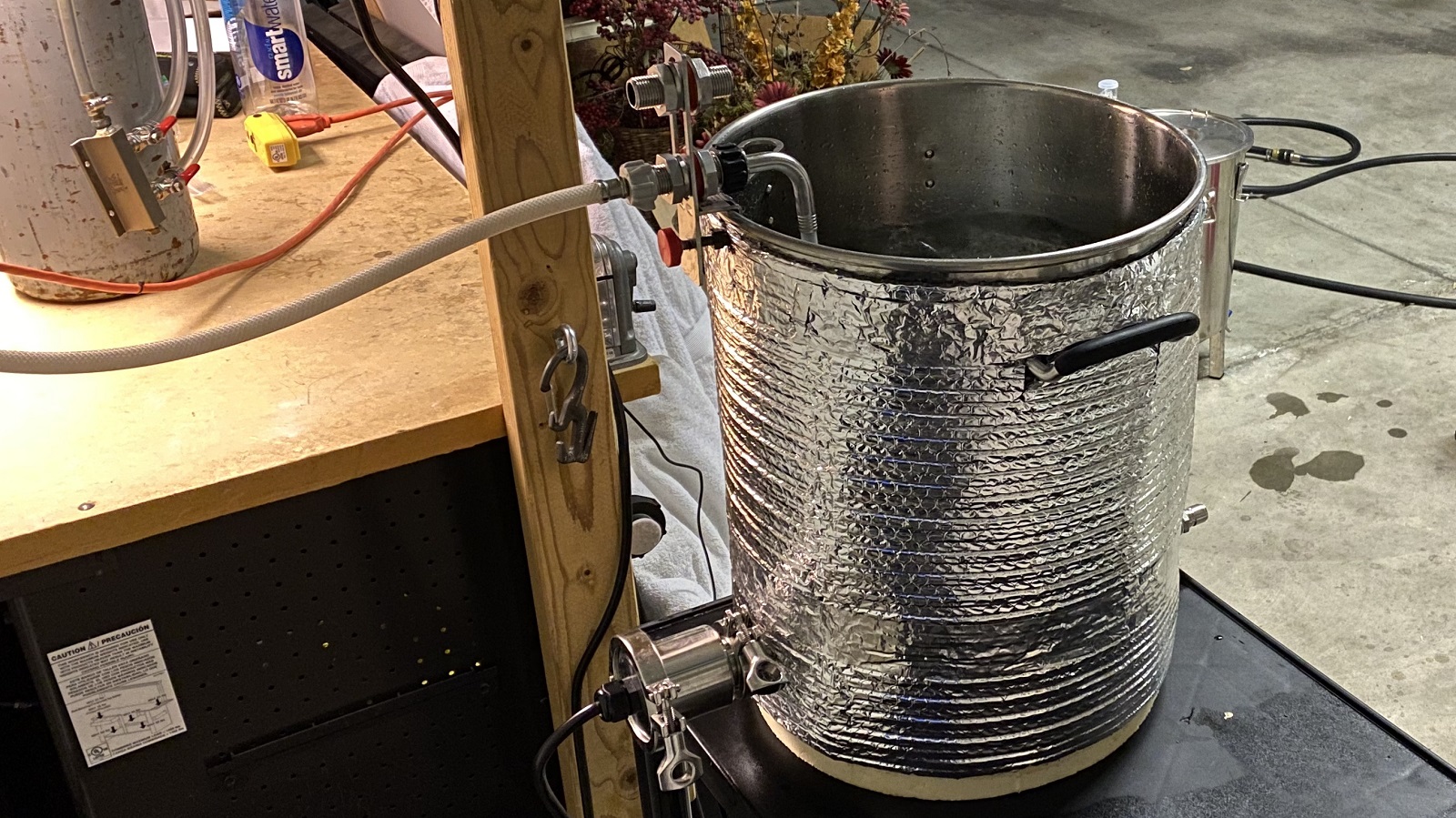
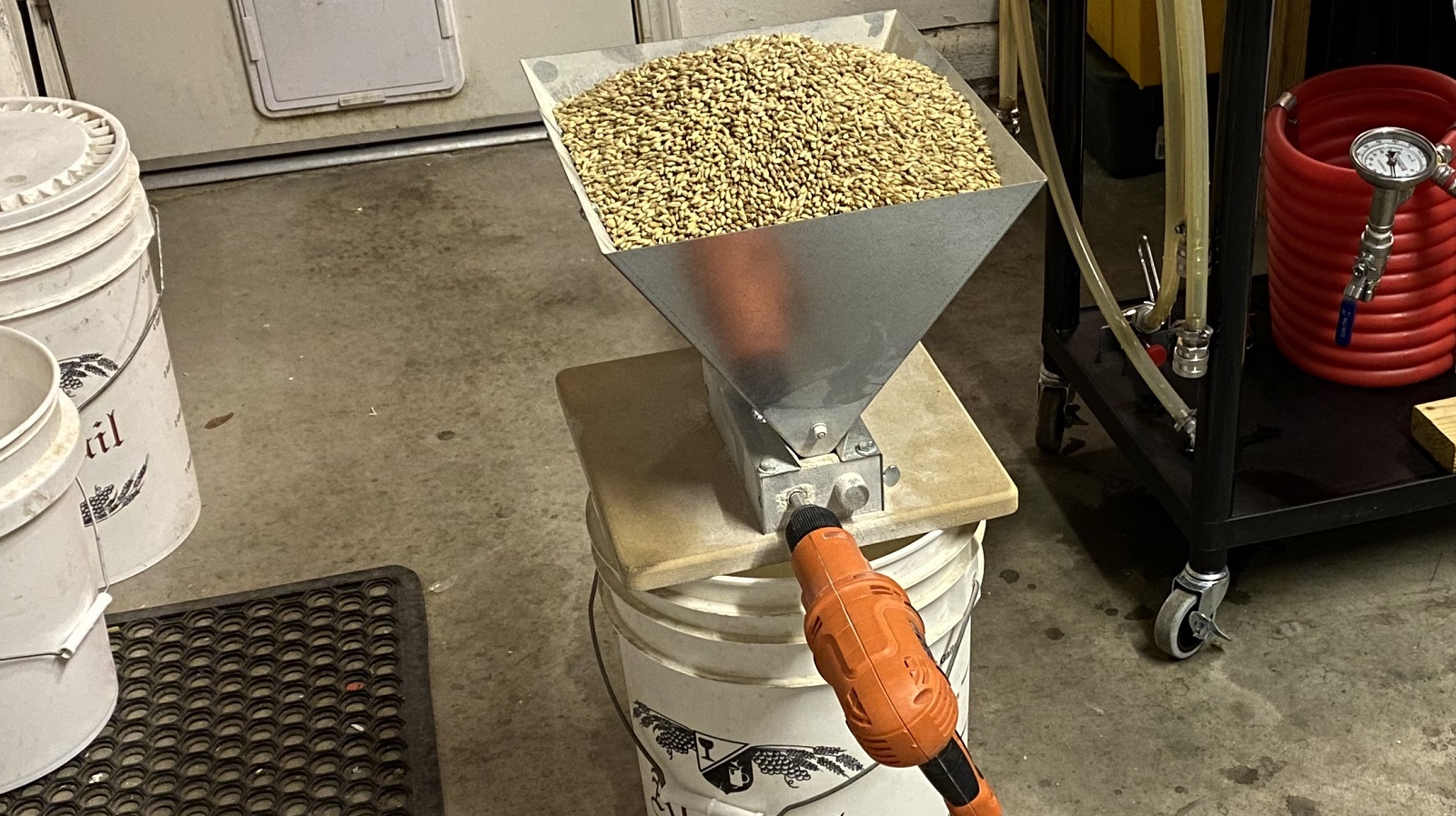
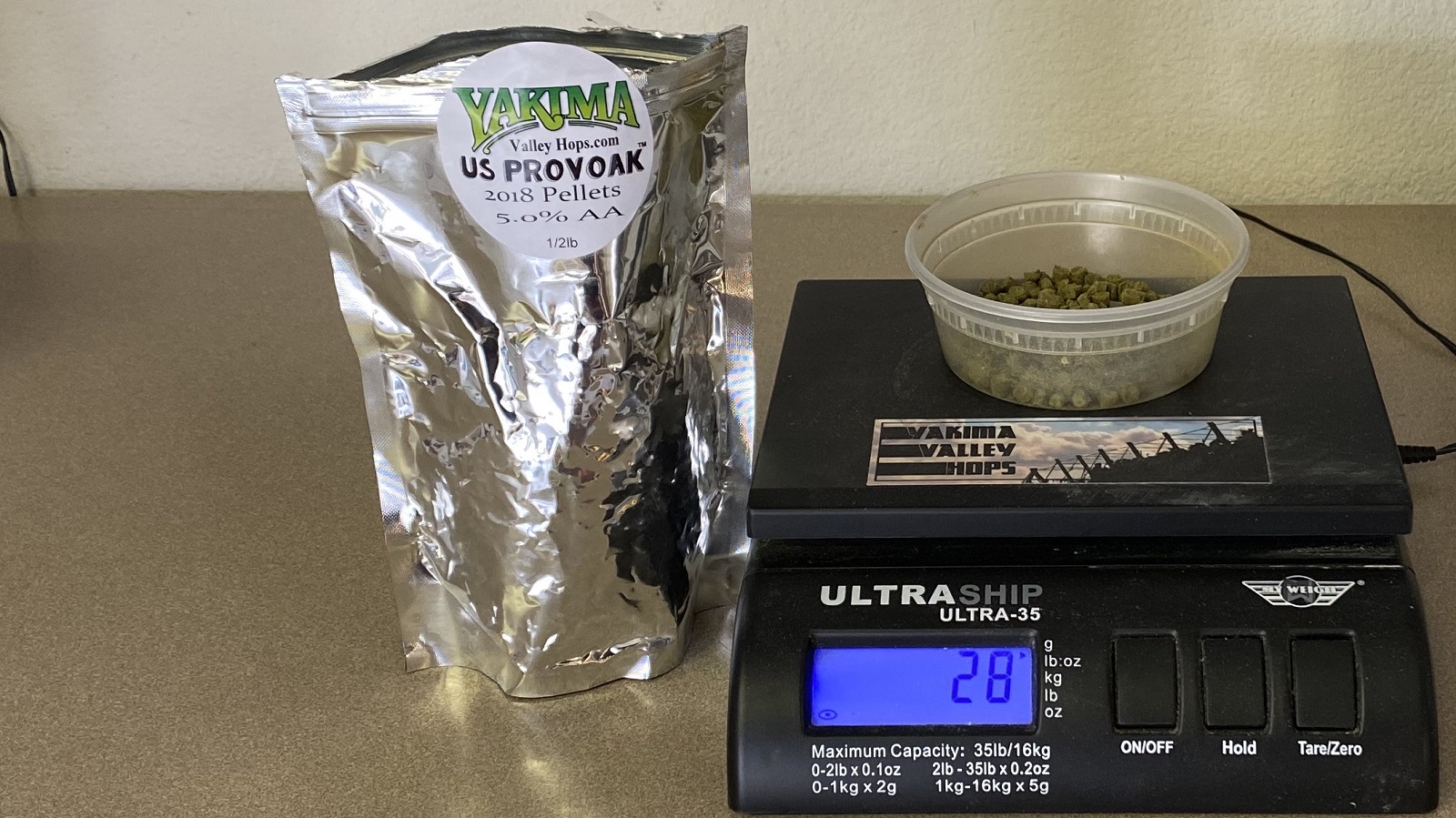
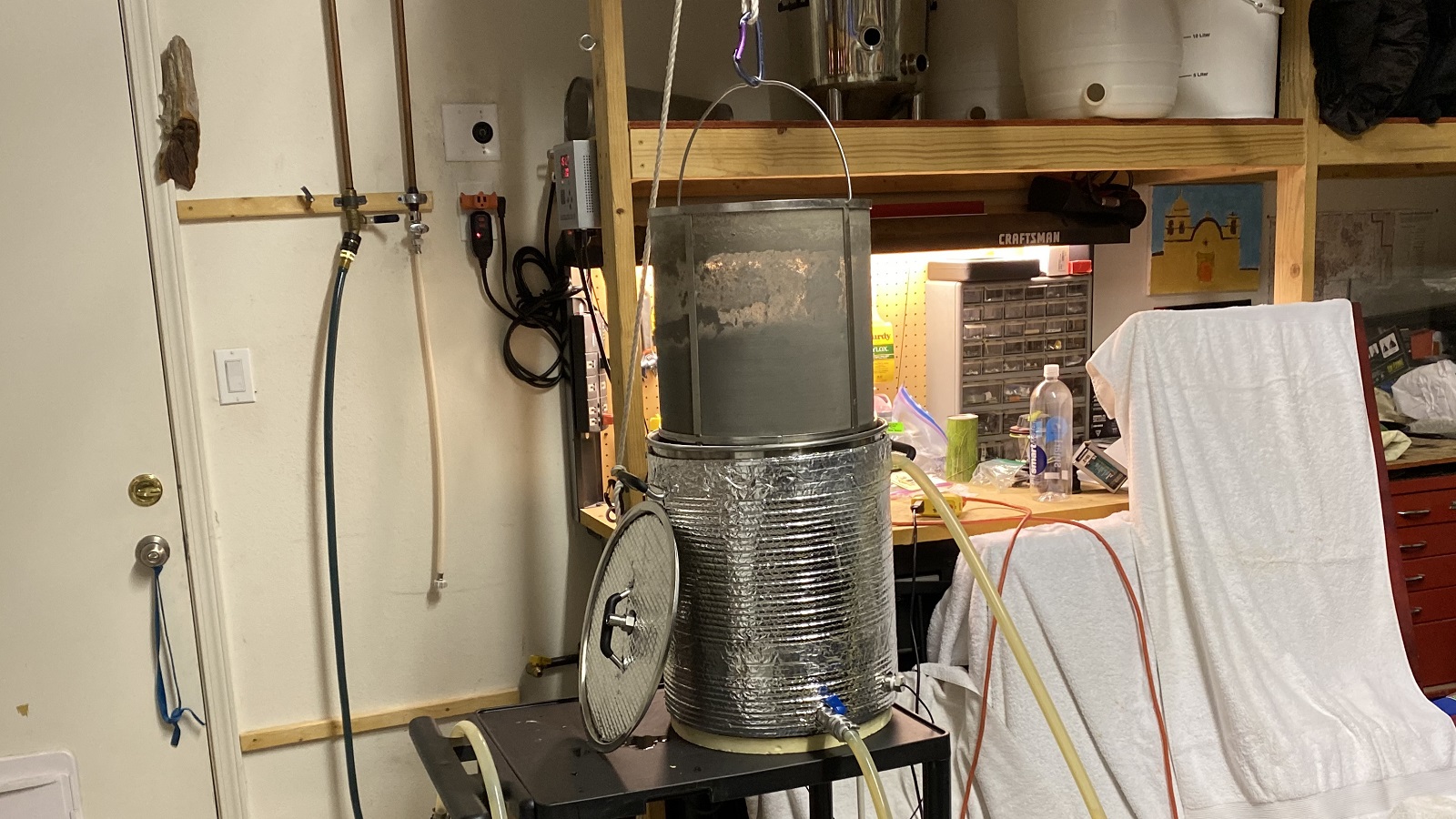
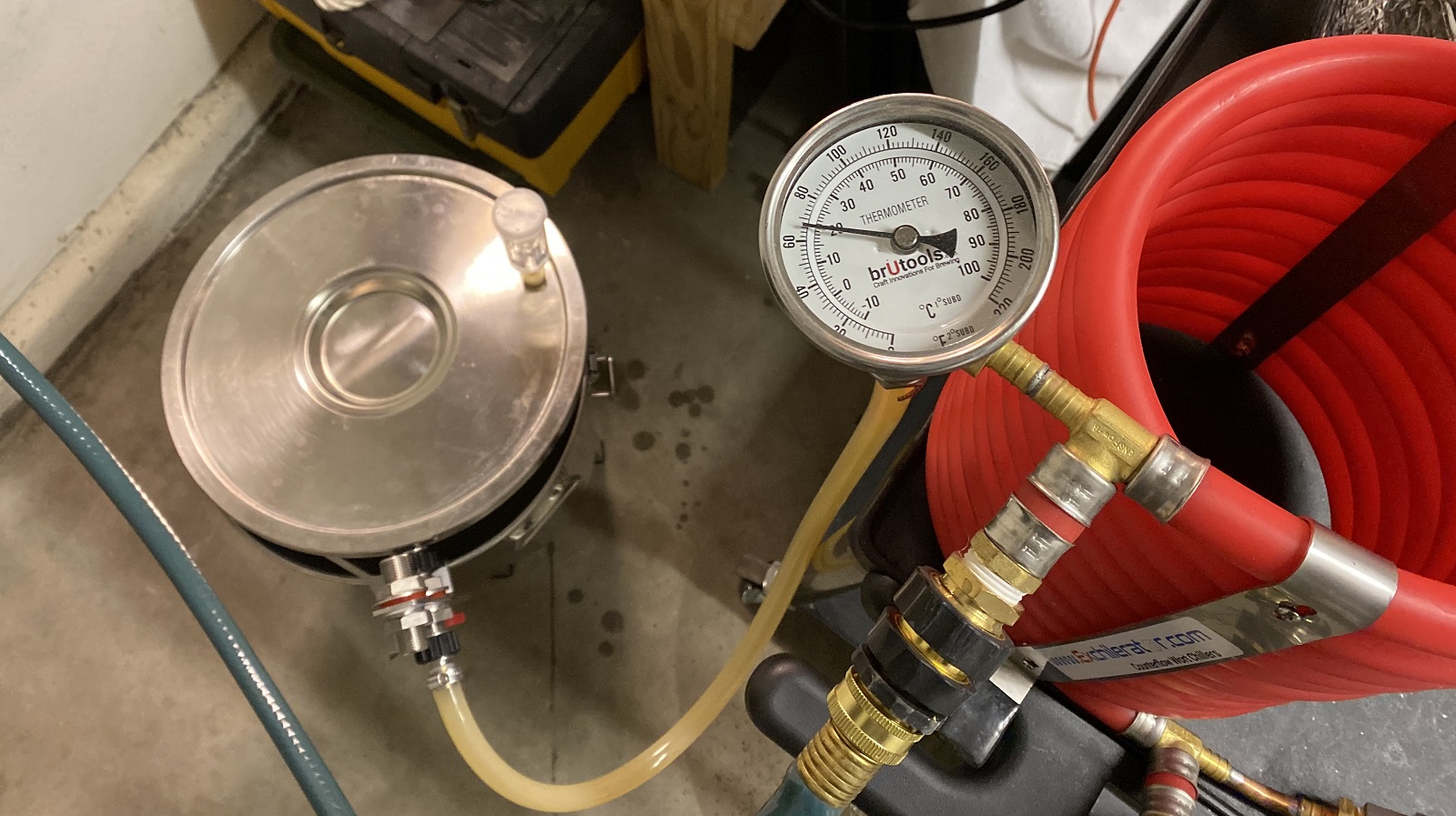
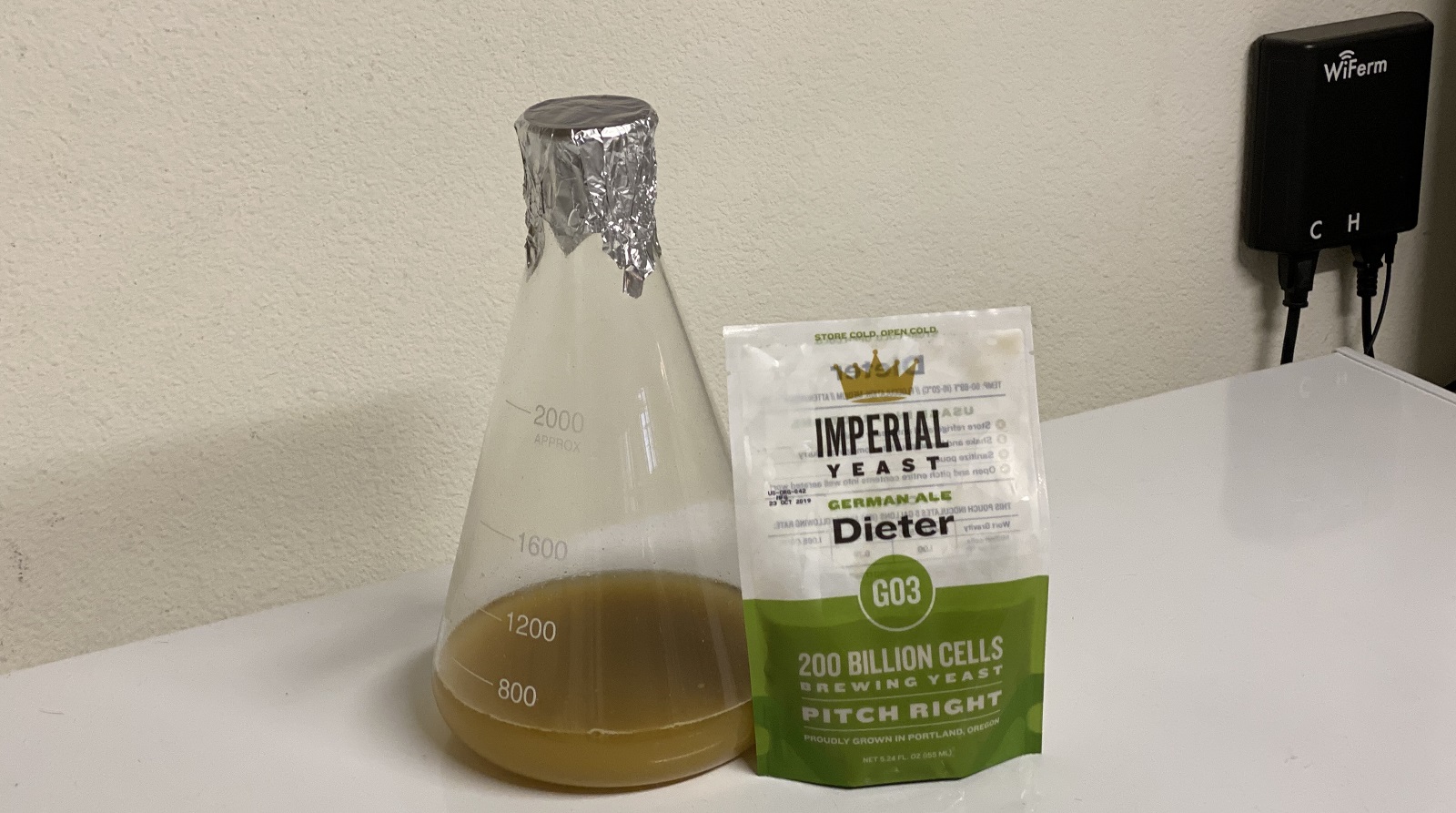
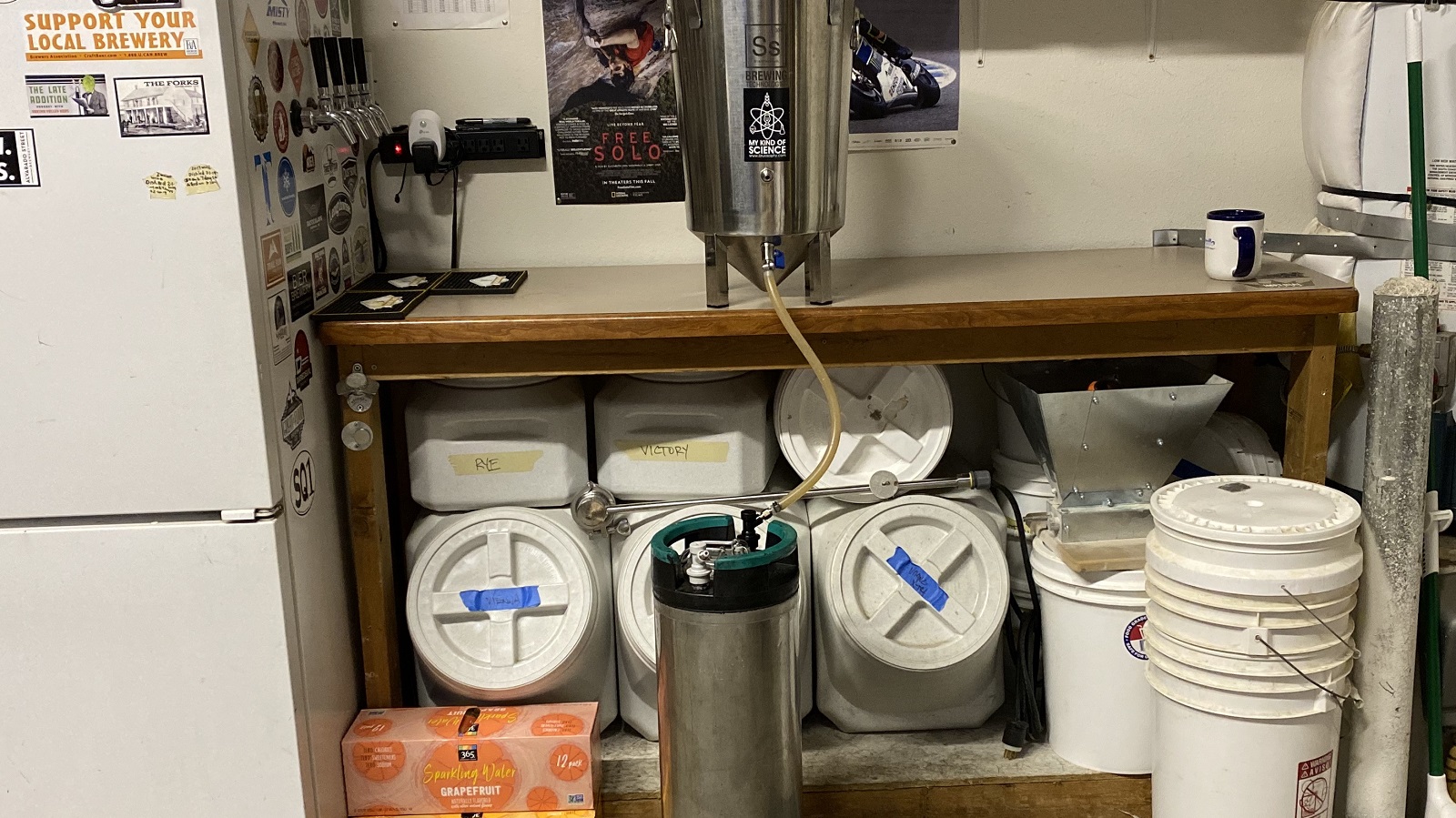
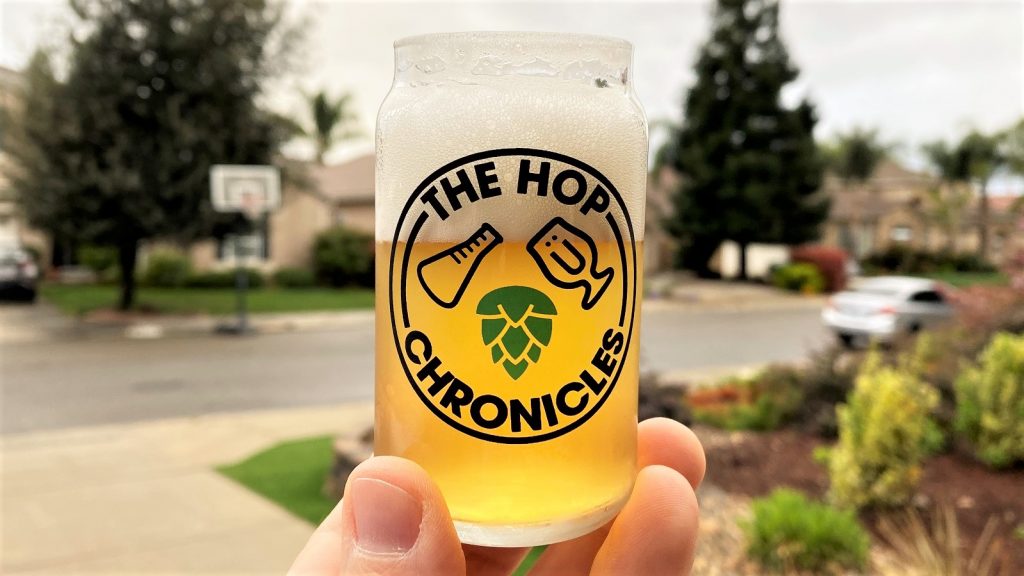

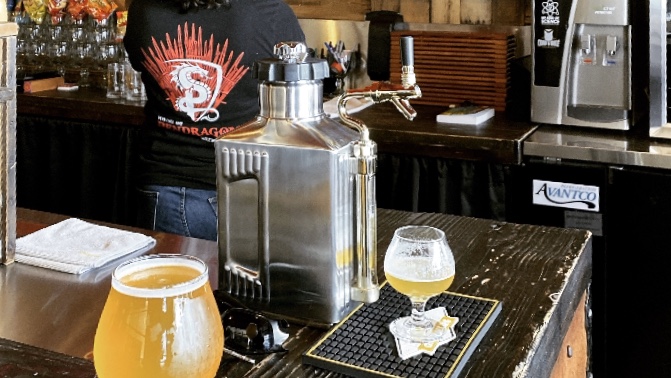
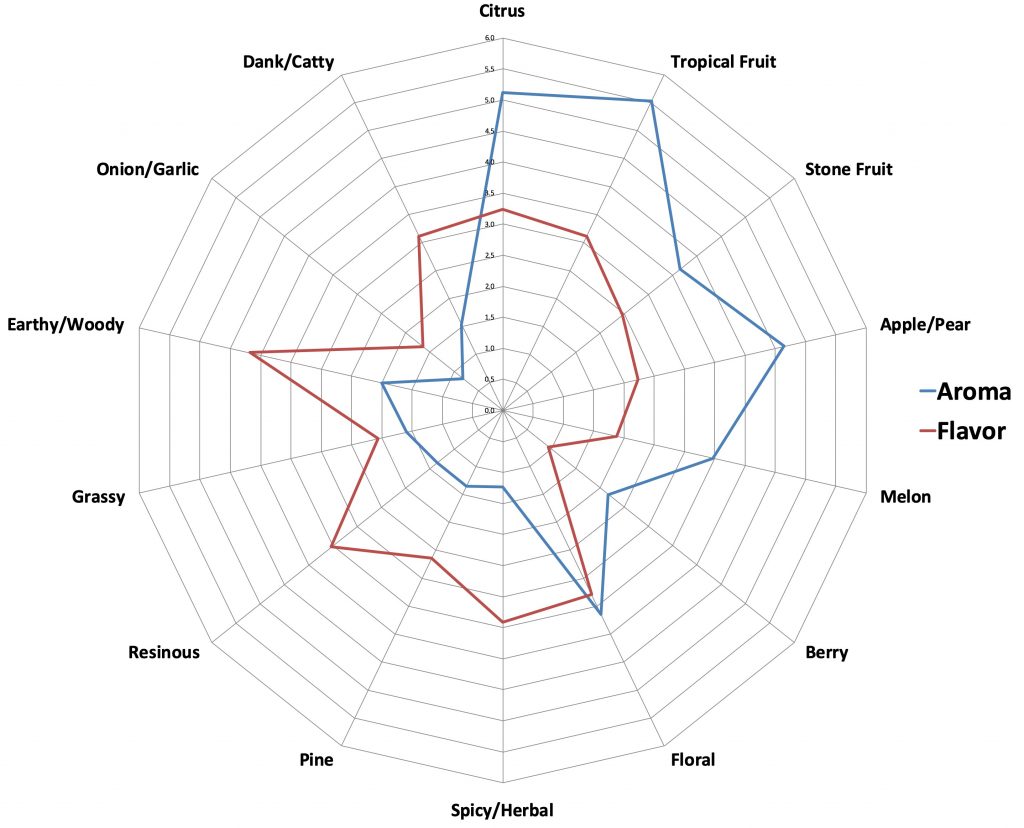
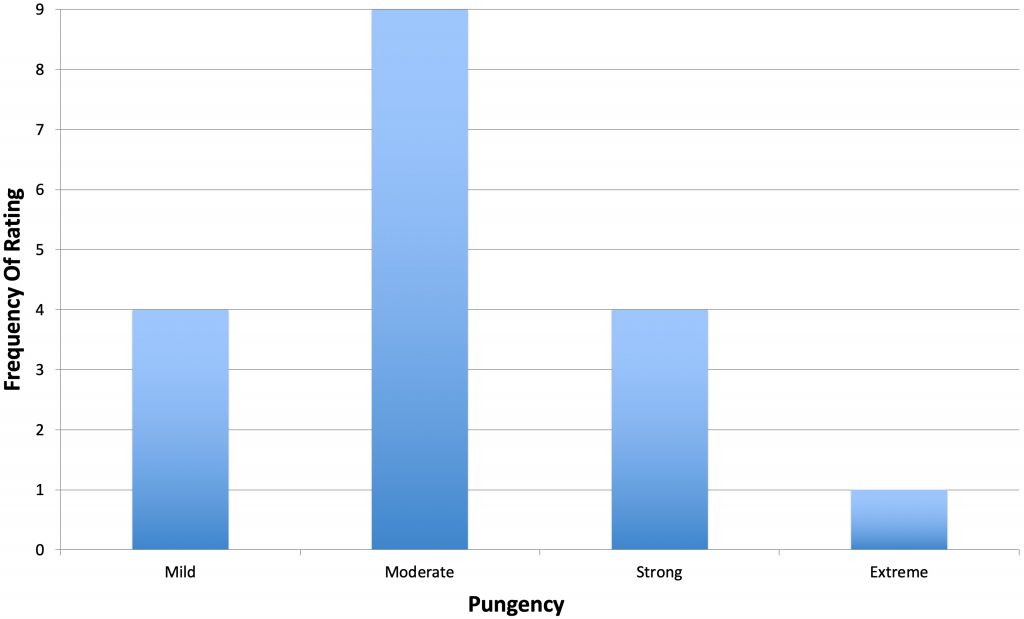
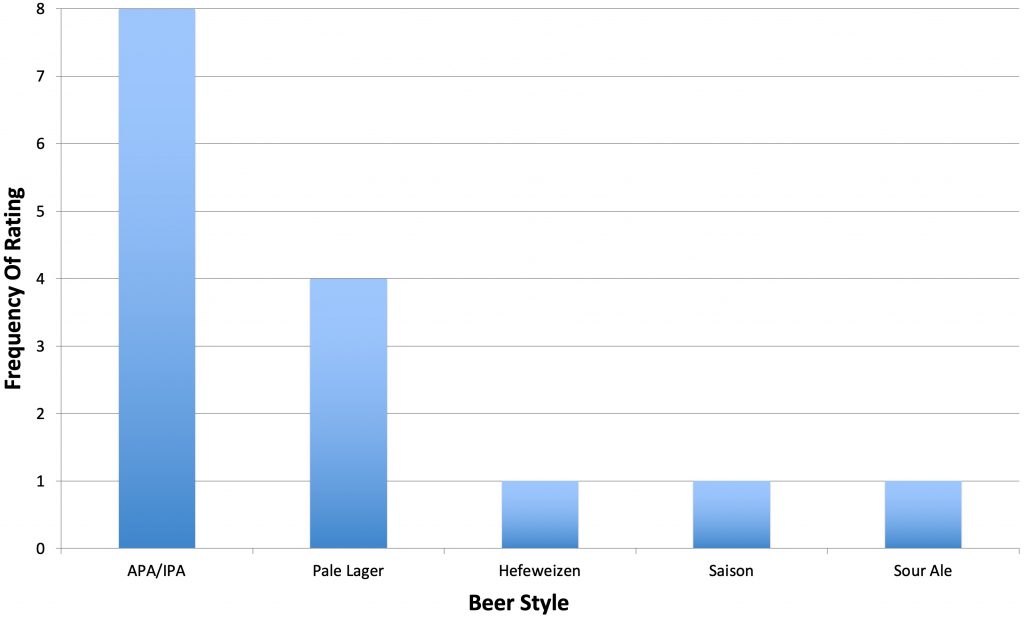
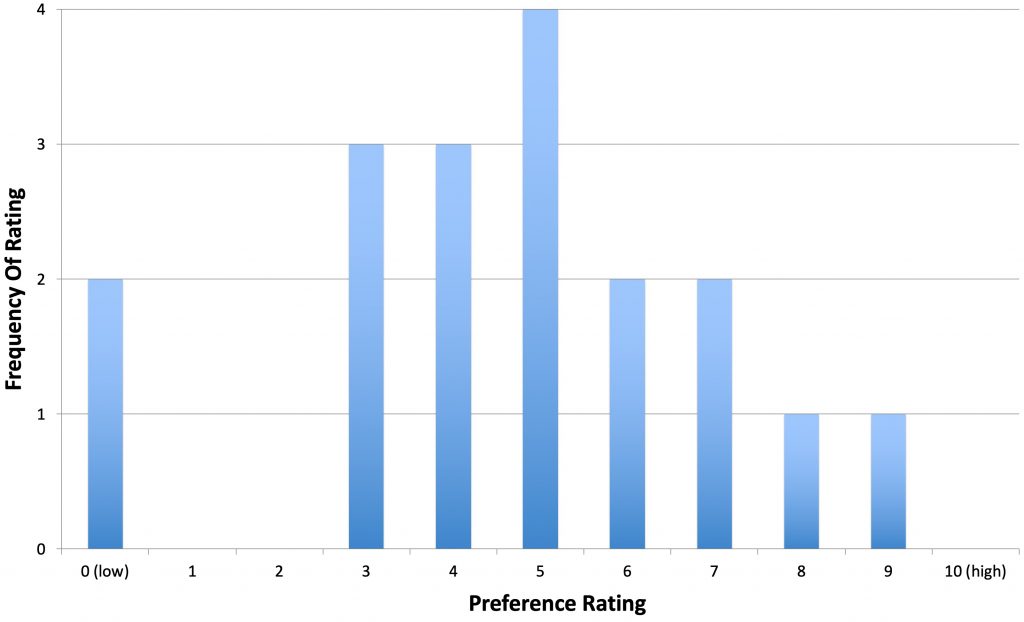











4 thoughts on “The Hop Chronicles | US ProvOAK (2018) Pale Ale”
I’ve got a wheatwine in the fermenter waiting for a dry hop of this, looking forward to see how it turns out. Just smelling the bag of hops you definitely get more of the citrus notes, but I’m hoping the wood makes a showing in the final product.
Given your comment “While the oak character was definitely present in this beer, I personally felt it was a bit odd for the style”, what was the logic in going with a Pale Ale vs. a Stout or something else more appropriate?
Because when you’re on the Hop Chronicles program, that’s what you brew! Definitely had some beers that I’ve made that I think: “there is NO way I would make this as a single hop pale again.”
I would definitely try this out in a dark style sometime. And someone suggested using it in a Tripel which I thought might be kind of interesting.
I’m still kinda struggling with the purpose of this product. It’s an interesting concept, but to me the intersection of “Beers with late/dry hop character” and “Beers that could use some oak” is really, really small.
I could see more benefit to a product that was solely oak pressed into pellets to be used like a dry hop for adding oak character to beer without adding hop character.